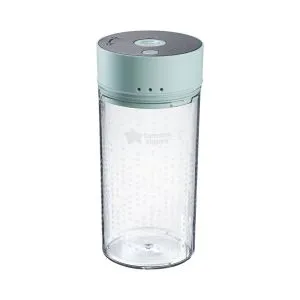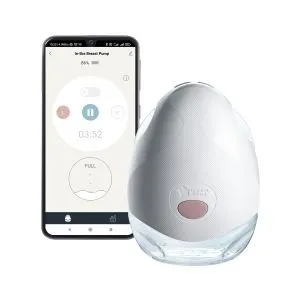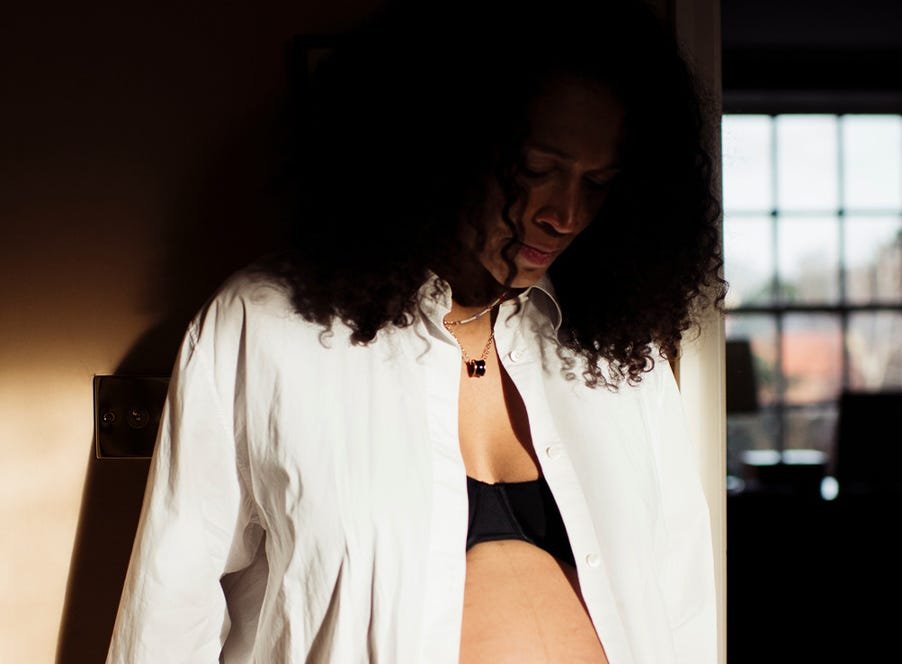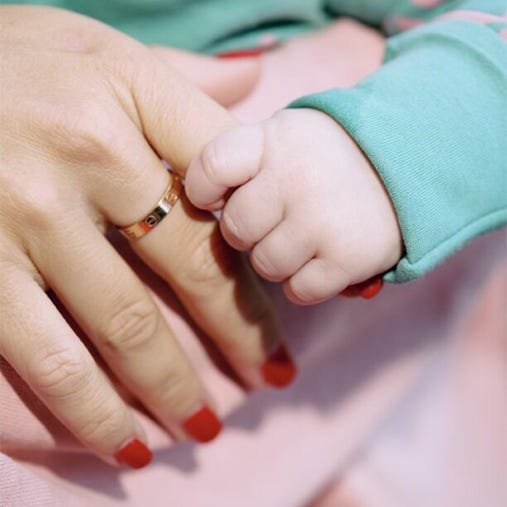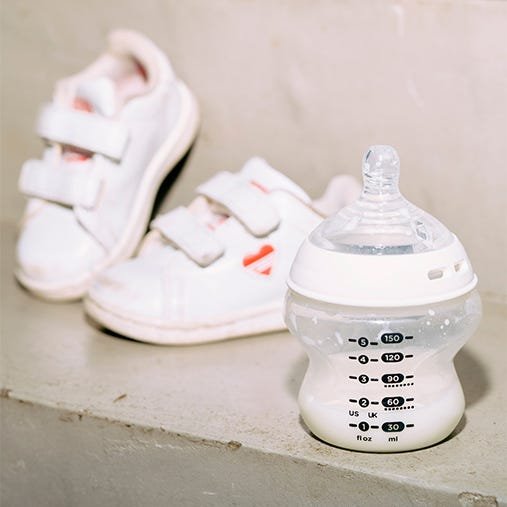What are the benefits of expressing colostrum?
Antenatal hand expression of colostrum can help you feel more prepared for breastfeeding and means you have some nutrient-rich milk ready to give to your baby when they're born.
It's a great step for anyone who's pregnant, but it's particularly recommended for those who:
- are diabetic or have developed diabetes during pregnancy
- take beta blockers
- have developed pre-eclampsia during pregnancy
- have breast hypoplasia or have had breast surgery
- have polycystic ovary syndrome
- have a raised BMI
- are expecting twins
- are planning a caesarean section delivery.
It can also help if your baby's likely to experience issues with their blood sugar levels or may struggle to feed after birth because they:
- are larger or smaller in size than expected for their gestational age
- are a multiple
- have a cleft palate or lip
- have Down's syndrome
- have a heart condition.
Who shouldn't express colostrum
You may be told to avoid collecting your colostrum if you:
- have had a premature labour previously
- experienced contractions, vaginal bleeding, and/or premature breaking of your water during your pregnancy
- needed cervical stitches.
How much colostrum should I express before birth?
You can collect colostrum by hand when you're pregnant. You should only use your hands for expressing during pregnancy and it's recommended that you don't use a breast pump to express breast milk until after your baby has been born.
Before you begin to hand express and collect colostrum, be sure to speak to your midwife or a healthcare professional first. They can help make sure it's right for you and your baby and can answer any questions you have.
When you feel ready to get started, you can hand express for a few minutes once a day from the 36th or 37th week of your pregnancy. Over time, you can increase this until you're spending between five to 10 minutes a time gently expressing up to five times a day. You can then express as regularly as needed in the first few days after your baby arrives.
When and how to store colostrum before birth
Once collected, your colostrum syringes can be dated, labelled, and stored in your freezer, ready to give to your baby once they arrive.
You can store your expressed colostrum syringes at the back of the fridge between 2°C and 4°C for up to 24 hours before you freeze it. It will last for up to 24 hours if kept in a cool bag with ice packs - when you're transporting to hospital, for example.
When you label your syringes, be sure to include:
- your name
- the date and time the colostrum was expressed.
Taking your colostrum to the hospital
To bring your expressed colostrum into the hospital when you have your baby, you will need:
- re-sealable bags
- a small cool bag
- a bag of crushed ice or some ice blocks.
When you're going to the hospital to give birth, you can place some of your frozen colostrum syringes in a re-sealable bag and put it inside a cool bag between a bag of crushed ice or some ice blocks.
Tell your midwife that you have colostrum with you when you arrive at the hospital. They will label it and store it in the fridge or freezer at the hospital for you.
Feeding colostrum to your newborn
Once they're born, some newborns struggle to breastfeed at first, and others are unable to maintain their blood sugar levels. In these situations, your expressed colostrum is the perfect first food for your baby.
Before you feed your baby, the syringe needs to be brought to room temperature. To do this, you can place the bag with the syringe fully into warm water. Your midwife will demonstrate how to use a small cup or syringe to feed it to your baby.
Having a small feed with colostrum helps give your newborn a boost in energy and blood sugar levels. It can also help to encourage them to breastfeed.
